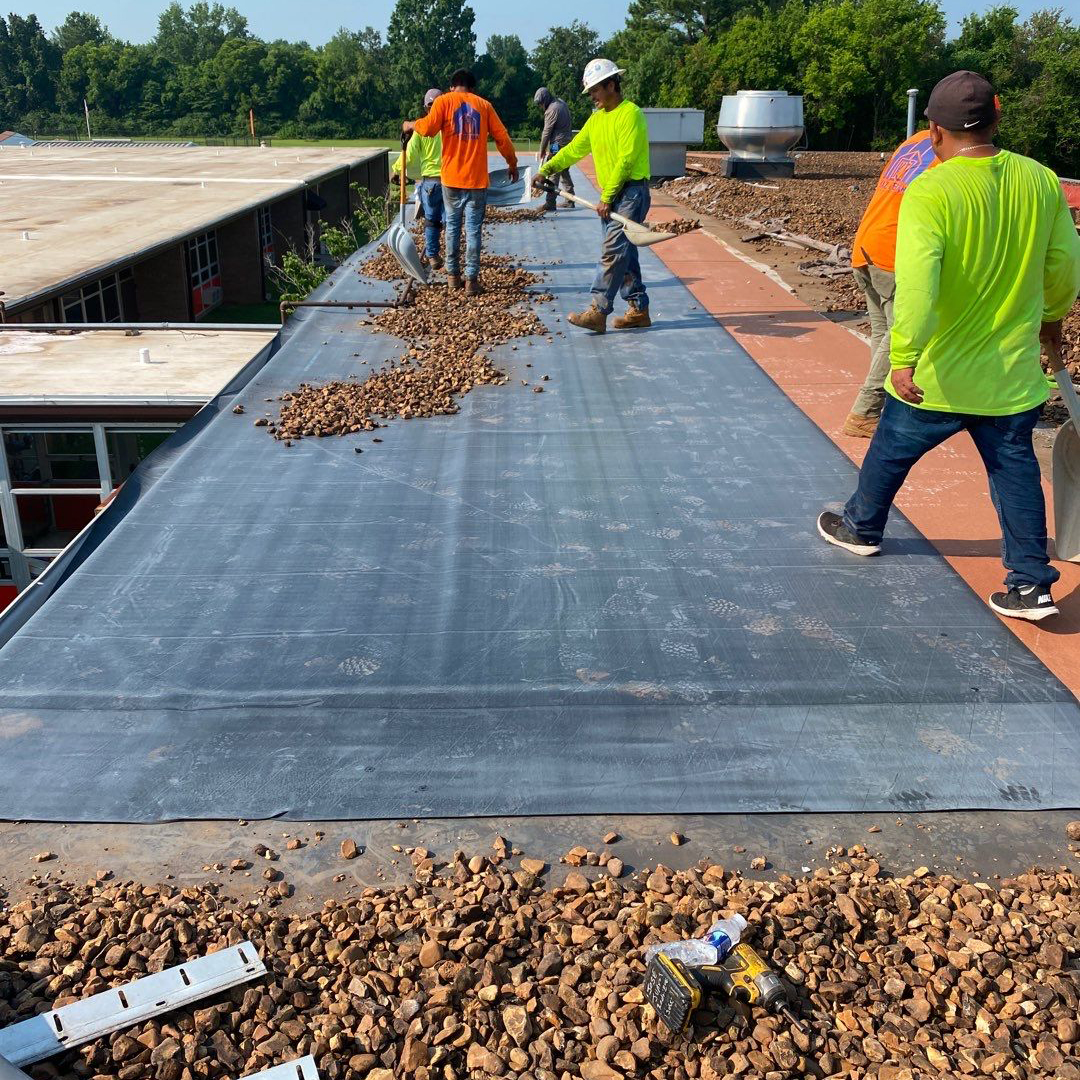
A well-maintained roof is essential for the protection and longevity of any commercial property. However, like all building components, roofs don’t last forever. Over time, exposure to the elements, wear and tear, and aging materials can lead to significant roof damage. Understanding the signs that it’s time to replace your commercial roof can help you avoid costly repairs, prevent further damage, and ensure the safety and comfort of your employees and customers Roofing. In this article, we will explore the key indicators that signal it may be time to replace your commercial roof, along with some tips on how to assess and address these issues.
One of the most obvious signs that it’s time to replace your commercial roof is frequent leaks and water damage. While occasional leaks can be repaired, persistent or widespread leaks are a red flag that your roof may no longer be structurally sound. Water penetration can lead to extensive interior damage, including mold growth, compromised insulation, and rusted metal components. If you notice leaks in multiple areas of the roof or after a rainstorm, it could indicate that the roofing material has deteriorated beyond the point of repair. In some cases, roofing patches or repairs might provide a temporary fix, but if leaks continue to reappear, replacing the roof is the most effective long-term solution.
Another clear sign that your commercial roof needs replacement is increased energy bills. As roofing materials age, they lose their ability to provide proper insulation and reflectivity. If your roof is no longer able to effectively regulate the temperature inside the building, your heating and cooling systems will have to work harder to maintain a comfortable environment, leading to higher energy costs. This is particularly noticeable with flat roofs or older roofing systems, which may have lost their energy-efficient properties. If you’ve noticed a significant spike in energy bills without a corresponding increase in usage, it may be time to consider a roof replacement to improve the building’s overall energy efficiency.
The appearance of visible damage is another critical indicator that your roof may need to be replaced. This includes missing or damaged shingles, cracked or warped roofing materials, rust spots, and blistering. These visual signs of deterioration are often accompanied by other issues, such as water pooling on flat roofs or cracked seams. In addition to the visible damage, you may also notice signs of aging, such as dark spots, cracks, or mold growth on the exterior of the roof. While minor damage can often be repaired, extensive damage to the roof’s surface or structural components may be a sign that the roof is at the end of its lifespan and needs to be replaced to avoid further complications.
Another key indicator that your roof may need replacement is if it has reached the end of its expected lifespan. Different roofing materials have varying lifespans, and understanding the typical lifespan of your roof can help you anticipate when it might need replacement. For example, asphalt roofs typically last 15-20 years, while metal roofs can last up to 40-50 years with proper maintenance. If your roof has reached or exceeded its expected lifespan and is showing signs of deterioration, it’s a strong indication that it may be time for a replacement. Even if there are no obvious leaks or damage, the aging materials may no longer be effective in protecting your building from the elements, and replacing the roof can prevent future issues.
Lastly, if your commercial building is experiencing structural issues or sagging, this is a serious concern that requires immediate attention. Sagging can indicate that the roof has suffered from prolonged damage, such as water infiltration or the weakening of support beams. If left unaddressed, a sagging roof can lead to significant safety hazards, including the potential for a roof collapse. If you notice any signs of sagging or structural weakness, it’s crucial to have a professional roofer assess the situation as soon as possible. In many cases, this type of damage is a sign that a full roof replacement is necessary to ensure the safety and stability of your building.
In conclusion, while commercial roofs are built to last, they don’t remain in perfect condition indefinitely. Signs such as frequent leaks, visible damage, increased energy costs, and structural issues all indicate that it may be time to replace your commercial roof. It’s essential to stay proactive by regularly inspecting your roof, especially if it is nearing the end of its expected lifespan, and consulting with a professional roofing contractor to evaluate its condition. Replacing your roof before extensive damage occurs can save you money in the long run and ensure the continued protection and safety of your commercial property.